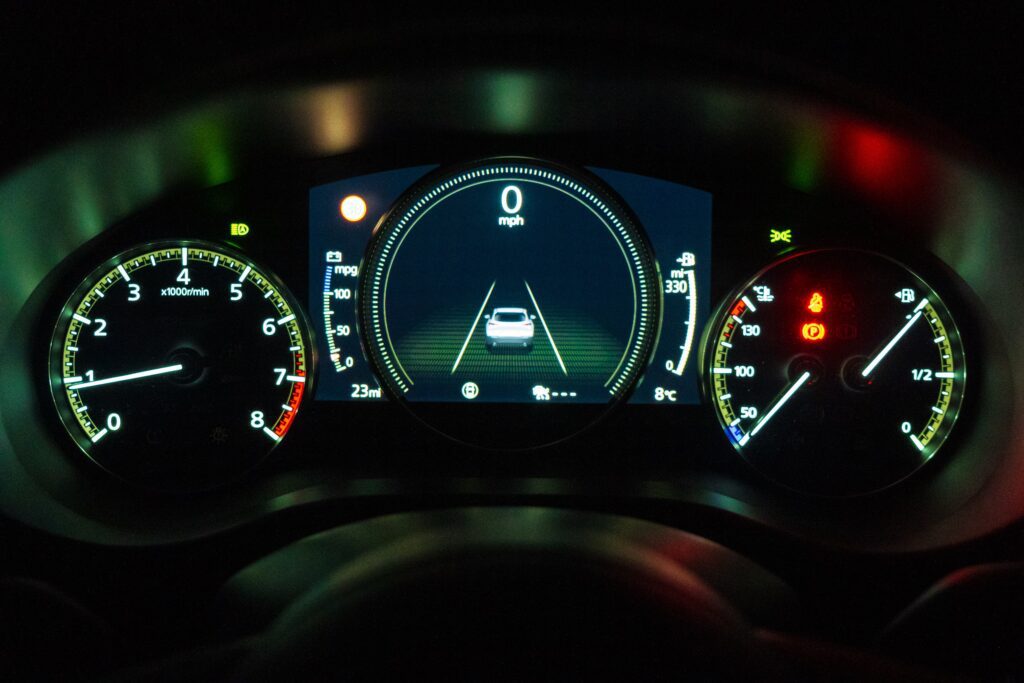Little Known Tips To Measure Your Car’s Efficiency
When we get a new car, we don’t get it just for the aesthetics. We also consider all the money that we will have to spend on gas. Some cars consume way more than others, and not everyone knows how to measure how much their cars are consuming.

Your mileage may vary depending on various factors. But the usefulness of the miles-per-gallon measurement is more changeable, which is why the EPA began issuing fuel efficiency ratings in another category in 2012.
The gallons-per-100-miles ratings are applicable here. Although it is printed in a more diminutive form than the miles per gallon statistic, it should play a more significant role in your computations when analyzing vehicles.
This is because the gallons per 100 miles rating allows comparing the economy of different automobiles and estimating their expected yearly fuel cost easier.
The benefit of tracking fuel usage is that it facilitates assessments as a vehicle’s fuel economy advances. This is because the variations are proportional. Efficiency is evaluated on a curve using miles per gallon. A 5-mpg boost, for example, is a 33-per cent gain for a 15-mpg automobile.
However, a 5-mpg increase for a 30-mpg car is just a 17.5 percent boost over a vehicle already using half as much petroleum.

To improve clarity, the EPA included the gallons/100 miles ranking to the Monroney new car window sticker beginning with the model year 2012, just below the familiar combined mpg value that mixes the city and highway scores.
This backs up another statistic on the label: the predicted gasoline cost to drive the automobile for a year, which is linear, such as gallons/100 miles.
